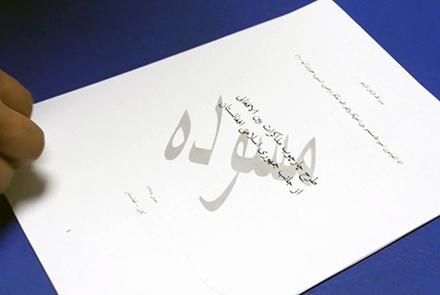Analysts familiar with the Afghan peace process say they see a lack of “serious coordination” between the government and political parties and movements that have presented various draft plans for reconciliation and talks with the Taliban.
There are at least eleven plans and frameworks for talks and the peace process itself, according to analysts, who said none of these schemes have been put into practice so far.
More recently, there are opposite ideas coming from the Presidential Palace and the Sapidar Palace on a ceasefire and a reduction in violence. President Ghani is insisting on a ceasefire while Chief Executive Abdullah Abdullah reiterates that the current opportunity – which is the Taliban’s willingness for a reduction in violence – should be taken advantage of.
Since the start of the US-Taliban talks in 2018, the Afghan government, the High Peace Council, the Heart of Asia Foundation, former president Hamid Karzai, Jamiat-e-Islami Afghanistan party, Hizb-e-Islami party, Wahdat-e-Islami party, the High Council of Jihadi and National Parties, among others, have presented plans for the reconciliation process.
Analysts said the intra-Afghan negotiations – if started – will not have a result unless there is an agreement between the US and the Taliban.
“None of these plans have been implemented. They are still working on them. As far as I know, politicians want to agree on a unified plan,” presidential advisor Nabi Misdaq said.
Analysts also said that a majority of these plans are general, and lack required details about the talks and the peace process.
“The main problem in the peace talks is a dispersion in the government,” former MP Fawzia Kofi said. “There are different plans from different places that need to be unified, and we should have a unified stance from the Islamic Republic of Afghanistan.”
“The plans have been made by a group of politicians in the absence of women,” said Shahla Farid, a university lecturer. “The values that are considered red lines for women are absent in the eleven (peace) plans.”
The analysts also said that the plans and frameworks for peace have stressed the maintenance of the last 18 years’ achievements including the Constitution, freedom of speech, human rights--and particularly women’s rights.
“Reduction in violence, women’s rights and other issues around the achievements of the past eighteen years will be discussed in the intra-Afghan negotiations,” said Mawlana Jalaluddin Shinwari, a former Taliban member.
“There are hopes that political parties and the government will agree on a unified plan ahead of intra-Afghan negotiations,” said Khalil Safi, former country director of Pugwash Conferences on Science and World Affairs, an international crisis group.


